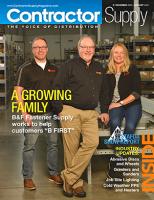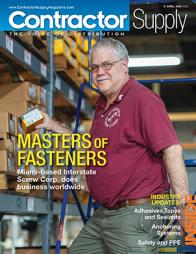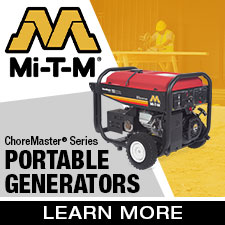Rockler Issues Saw Blades 101 Guide
Guide helps woodworkers and DIYers with blade selection.
 From kerf width to tooth grind, woodworkers and do-it-yourselfers face a potentially bewildering array of options when selecting a saw blade. To help them navigate the choices and understand the variables that affect cut quality, Rockler has created an article titled "Saw Blades 101" for the How-to section of Rockler.com.
From kerf width to tooth grind, woodworkers and do-it-yourselfers face a potentially bewildering array of options when selecting a saw blade. To help them navigate the choices and understand the variables that affect cut quality, Rockler has created an article titled "Saw Blades 101" for the How-to section of Rockler.com.
The article (at www.rockler.com/how-to/blades-101) explains the basics of saw-blade anatomy, discusses differences in blade types and provides a list of questions that woodworkers can answer to focus their search for the best blade for their shop and situation.
"We're always surprised to find that some woodworkers use the same blade on their table saw as on their miter saw and don't realize that they could be getting better results," said Scott Ekman, Rockler's vice president of marketing and e-commerce.
For instance, they might not consider that the relatively small number and aggressive hook angle of teeth on a blade designed for ripping solid wood will almost certainly produce rough, ragged edges if used to cut melamine. Or that a regular miter saw blade, whose teeth also are set at an aggressive hook angle, might "climb" the workpiece if used in a sliding miter saw.
"If we can help walk them through the different types of blades, they'll be in a better position to choose the best solution for their individual needs," Ekman said. "We see providing informative, useful how-to content as another way we can serve our customers and contribute to their success."
"Saw Blades 101," as well as two shorter accompanying articles that focus on choosing blades for table saws and miter saws (www.rockler.com/how-to/buying-table-blade/ and www.rockler.com/how-to/buying-miter-blade/), is part of Rockler's ongoing effort to provide practical tips on tools, supplies and techniques related to woodworking and other DIY subjects.
To learn more, visit www.rockler.com or call 1-877-ROCKLER.















